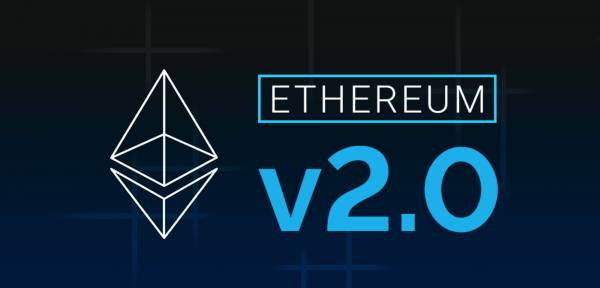Global Cannabis Applications (APP.C) made the shift to Ethereum 2.0 following Vitalik Buterin’s unveiling of their phase 0 protocol today, which of course arises the question—why? It’s a tall bet on a group of programmers that have had perhaps limited success in resolving the key problem standing in the way of blockchain mass adoption.
First, GCC intends to use Ethereum’s blockchain to store information on the efficacy of medical cannabis treatments. Consumers, retailers and growers would then be able to use their app on their smartphone to contribute data for each step in the lifecycle of their product—from seed to sale. These data contributions then show up on the Ethereum blockchain.
They’re already doing this as a matter of fact. What they’re looking to add on are ETH2.0 functionality, which we’ll get into later.
First, let’s hear from Brad Moore, GCAC’s CEO:
“Public blockchains are the ultimate arbiters of truth, this has been demonstrated ever since the advent of Bitcoin. Ethereum, with its smart contract capabilities, is the ideal next gen of blockchain truths. And now, Eth2 is set to revolutionize Ethereum’s commercial use cases. Our business model allows our SaaS licensee subscriptions to pay us for storing cannabis-efficacy truths and doing so while we remain profitable. My vision is coming ever closer and our investors are the ones to thank for their belief and trust in getting us here.”
What he’s missing is that this design is neither profitable nor wise. Let’s not mince words: it could be, but it’s far too early to tell.
The principle problem of storing all the information on your medical and recreational cannabis Ethereum is that it costs money. Lots of money. At present, access to the Ethereum blockchain (known colloquially to blockchain-types as “the price of gas”) is at present $598.05, so any company wanting to do business on ETH had best make it worth their while. That’s why this doesn’t make sense for GCC.
Ethereum 2.0 is an expensive bet right now. If it manages to accomplish everything it intends, it may fulfill its promise and pay out. This particular blockchain is great if you’re looking to engage in smart contracts, build decentralized applications, or get involved with decentralized finance. But it’s limited by its inability to scale. At present, ETH closes the block every 20 seconds, which is great compared to ten minutes for Bitcoin, but still terrible for all of the millions of interactions that happen regularly on the Ethereum blockchain.
Vitalik Buterin, Ethereum’s founder, and his team have devised many potential solutions over the years for this problem, and most have met with limited efficacy if any at all. Ethereum 2.0, with its introduction of staking and sharding, is supposed to change all that, but there are no guarantees.
The facts are that ETH 2.0 comes with a bunch of bells and whistles, or it will in the future. Right now it’s not much. The phase zero rollout is a scaffolding which ethereum’s development team will use to hang the increased functionality, sharding and other options. That’s supposed to happen later on this year, but the track record for the ethereum team isn’t the best.
GCC’s got a dog in this fight already, having sunk $5.92 million into ETH 2.0’s development with the expected ROI to come later in terms of commercial opportunities and profitability. The stated benefit is that roll-up centric models will be able to collect fees from businesses like GCAC when they get started.
All of GCAC’s contributions to the delivery of high-throughput rollup clients on ETH 2.0, and all smartphone derived data is intellectual property of GCAC. There’s potential here for a serviceable moat by which the company can hem in their specific business model and charge others to replicate it, hence giving them an advantage over other companies looking to get involved. They’re intending on using the ethereum 2.0 apparatus to handle the financial aspect of the business, while using the ETH 1.0 apparatus to store the information from recreational and medical markets for customers paying hard rates.
If it doesn’t work, though, then they’re millions of dollars in the hole and they’re charging their recreational and medicinal cannabis customers a minimum of $600 to store information regarding the lifecycle of their product on a blockchain. But it’s something that any blockchain can do—including Cardano, which can perform this function and produce smart contracts for $.15, with its own scaling method. It doesn’t offer all of ETH 2.0’s bells and whistles, but right now neither does Ethereum, and there’s no guarantee that it will.
You don’t need to pay $600 for access to a blockchain. It’s the functional equivalent of buying your 11 year old a Porsche, when all they need is a Schwinn.
—Joseph Morton







